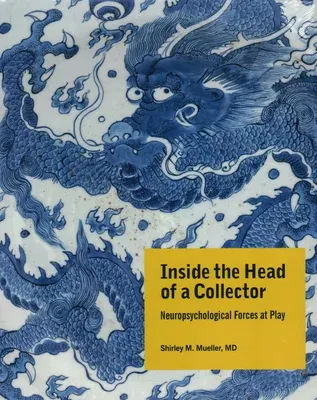- Introduces neuro- and behavioral economics for collectors and art
professions to help them understand their own decision making- Brings a
unique collector's perspective, providing insight for art dealers,
collectors, and museum professionals. Includes artworks and objects that
have never been published before- Chronicles the exhibit Elegance from
the East: New Insights into Old Porcelain, which was one of the first
museum exhibits to use a neuropsychological approach- Examines Order of
Cincinnati fakes versus authentic articles, with photos to
demonstrateCollecting objects gives enormous pleasure to approximately
one third of the population, providing such benefits as intellectual
stimulation, the thrill of the chase, and leaving a legacy. On the other
hand, the same pursuit can engender pain; for example, paying too much
for an object, unknowingly buying a fake, or dealing with the
frustrations of collection dispersal. Until recently, there was no
objective way to enhance the positive (pleasure) aspects of collecting
and minimize the negative (pain). Now, for the first time, scientific
research in neuro- and behavioral economics gives us a way to turn this
around. Neuroeconomics is the study of the biological foundation of
economic thought, while behavioral economics incorporates insights from
psychology and other social sciences into the examination of monetary
behavior. By using examples from these disciplines, Shirley M. Mueller,
MD, relates her own experiences as a serious collector and as a
neuroscientist to examine different behavioral traits which characterize
collectors. The contents of this book are cutting edge, unique and sure
to get attention. Mueller breaks new ground in an area not previously
explored. Her information is relevant not only for collectors, but also
for colleges, and universities which teach collection management, plus
museum staff who interact with collectors and dealers of objects desired
by collectors. Heavily illustrated with ceramics from Mueller's
collection and packed with useful information, this book will become a
required vital resource.

